Home > Care to share?
Care to share?
What is share farming?
Share farming is when two parties agree to farm a defined area of land, whilst remaining two separate entities. In short, two farmers agree to pool their resources to cut costs and complexity. They take advantage of wider skill sets and abilities or different phases in farming careers.
The share farmers agree the ratio of profits each will take, depending on the value of assets they put in to the shared farm. There are no guaranteed payments regardless of how the business performs from year to year. Both parties benefit when things are good, and share the hardship when they are not.
Who would want to share farm?
The share farm model appeals in a variety of situations including to:
- Neighbouring farming businesses, struggling with the costs of equipment and inputs as well as the burden of administration, in order to pool resources, cut costs, increase margins and share responsibility.
- A farmer wanting to retire, who wants to hand over the reins to a younger farmer or new entrant. In this case the land is all owned by one party, but the majority of the work and management is done by the other. The owner gets the chance to pass on their knowledge and experience, whilst the partner is able to farm independently. Given the availability of FBTs across the UK this is a rare opportunity – see AF Weekly 4th September 2023.
To underline the benefits of this type of arrangement, in 2018 Farmers Weekly quoted Christopher Price, former CLA director of policy and advice. He said “ If a quarter of farmers in England aged over 65 entered into a share farming agreement we could have nearly 8,000 new entrants working the land.”
Sharing in action
AF Member Oli Munday has a share farming agreement with Mr Richard Thompson. Oli currently milks 520 dairy cows, and is expanding next year to 700 cows.
Raised on a family farm in Devon, Oli’s family sold it when he was younger. So, although he wanted to farm, he thought there was no route into farming. Following a degree in agriculture from Reading University, Oli worked in New Zealand, then as a herdsman in Devon and as a herd manager in Sussex, before he met Mr Thompson.
The arrangement works for both parties as Mr Thompson owns the land, the buildings, plant and majority of the herd. Oli owns all the machinery and equipment and pays for labour. When they increase cow numbers next year his share of the herd will increase to 25%. As the share farmer Oli takes 60% of the annual profit and Mr Thompson takes 40%.
There is a separate bank account for the share farm which receives the income for the enterprise and pays for the variable costs. Oli is able to draw a monthly amount to cover his expenses, and at the end of each year he then receives a balancing payment to complete his share.
He says: “This share farming agreement is the only way that I could ever have operated my own farm. Because of family circumstances I didn’t have a farm to go home to, but I had it in my blood, and now I have a farm and am expanding my herd.”
Final thoughts
There are more people who want to farm than there are farms available or affordable. Share farming is an excellent option for willing landowners and ambitious farmers, and if the parties take time and advice to make sure their share farming agreement meets both their needs.
The case study above, shared by one of our AF Members, is a fine example of a willing share farmer and a sharing landowner, who are making their share farming agreement work well for them both.



